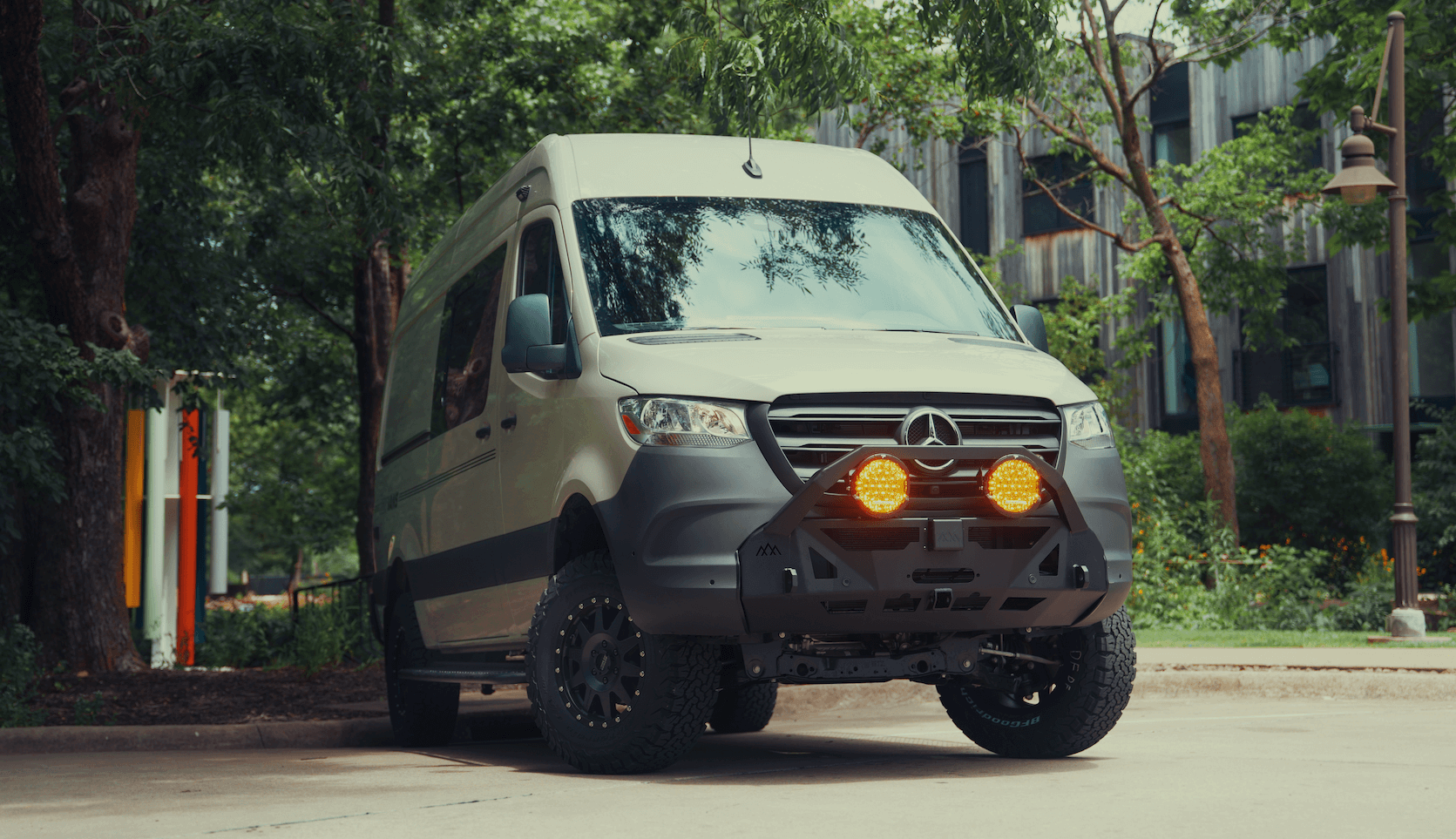Recreational Vans

Box trucks offer straight walls, a square footprint, and generous roof height, which simplify interior layouts compared to curved van bodies. Their frames and suspensions are designed for cargo, giving strong payload capacity when you add batteries, water, cabinetry, and gear. Platforms range from step vans to cutaway chassis with cube boxes, with lengths from 12 to 18 feet common for camper builds. The tall box gives room for cabinets, a raised bed, and overhead storage without cramping headroom. For stealth camping, plain exteriors blend into urban areas more easily than shiny RV shells.
Before you buy, verify gross vehicle weight rating and current curb weight to confirm true payload. Heavier aluminum framed boxes resist corrosion, while composite panels reduce thermal bridging. Look for straight frames, dry floors, and tight door seals. If possible, choose a box with a roll up door replaced by swing doors or frame the opening to prevent dust intrusion once you add a solid bulkhead and interior door.
Longer wheelbases track well on highways but require more care in tight trailheads. Dual rear wheels improve stability under load. Confirm service history for brakes, steering, and cooling systems, since camper weight and mountain grades add strain. Add rear sway bars, fresh shocks, and proper load range tires for a calmer ride.
Measure interior length, width between uprights, and roof height. Sketch zones for a bed, galley, seating, gear garage, and wet bath if needed. Keep heavy systems like batteries and water over or ahead of the rear axle for balanced handling. Leave service access panels for pumps, fuses, and plumbing.
Step vans with walk in cabs ease movement between seats and living space. Cab plus box setups need a well sealed pass through. Inspect door frames and roof seams for leaks, check floor for soft spots, and examine liftgate mounting points if you plan to remove equipment. Confirm VIN and title classification with your state if you intend to reclassify the vehicle later.
A comfortable conversion starts with thermal control and airflow, then adds reliable power and water. Sound planning saves time and energy on the road.
Box walls can sweat when warm, moist interior air meets cold metal. Break that path with foam over ribs, seal penetrations, and maintain airflow with a roof fan. Condensation trays or drains under windows and the bed platform help keep bedding dry in cold climates.
Start with loads: refrigeration, lights, fans, laptops, induction cooktop, and a small heater if used sparingly. An energy audit guides battery capacity and inverter size. Roof area on a box truck allows generous solar arrays, but keep wiring runs short and protected in conduit. Mount components on a dedicated utility wall for easy maintenance.
Keep plumbing simple to prevent winter damage. Insulate tanks when possible and add heat pads if you travel in freezing temps. For toilets, composting units reduce water use and simplify dumping, while cassette toilets keep the footprint small. Always plan a safe vent path for any tank gases.
Interior flow often revolves around a rear gear garage with a raised bed platform or a midship bed with storage below. Galley placement near side doors encourages cooking with airflow. A compact wet bath can double as a gear drying closet with a drain pan. Wall mounted fold tables and a convertible dinette keep the main aisle open.
Safety upgrades include a solid bulkhead or reinforced pass through, smoke and CO detectors, a fire extinguisher at the door, and a second egress window. Secure heavy items with through bolting and metal backing plates. Use non slip flooring, rounded cabinet edges, and positive latches so drawers stay shut on rough roads.
Legal and insurance details vary by state. Some owners register as a motorhome when the build includes sleeping, cooking, and water systems. Others keep commercial plates and insure as a specialty vehicle. Confirm lighting, reflectors, and mirror requirements when modifying the rear. Maintain weight within axle ratings and keep a copy of your weight ticket after you finish the build.
Estimated budgets vary with scope and components. A frugal build that reuses materials can land on the lower end, while premium systems, custom cabinetry, and high capacity batteries push costs higher. What drives satisfaction is not just the parts list, but clean design that fits how you travel.
If you want a finished rig that feels quiet, safe, and refined, consider a professional shop for the structural, electrical, and cabinet work. Experienced builders bring tested layouts, warranty backed components, and clean wiring that is easy to service on the road.
OZK Customs designs and builds adventure vehicles with balanced systems, smooth interiors, and practical storage. Explore our Recreational Vans to see how we approach travel ready platforms: Recreational Vans. If you are ready for a ground up plan tailored to your route and gear, start here: Custom Build Van. Curious about finance friendly platforms we can source and upfit for travel duty? Visit Mainstream Vans.
A well planned box truck camper conversion rewards you with a quiet ride, efficient power, and room for real gear. When you want a rig that works from day one, connect with a team that builds for real miles and real trails.
Tell us how you travel and what you carry. We will translate your goals into a durable, comfortable build that feels like home the first time you turn the key.
Ready to turn a box truck into a dependable camper with pro fit and finish? Tell us your goals, timeline, and budget. OZK Customs transforms platforms into refined, road tested adventure rigs that feel dialed from day one. Submit the form to start your custom build plan.
ADDRESS:
6159 E Huntsville Rd, Fayetteville, AR 72701
PHONE:
(479) 326-9200
EMAIL:
info@ozkvans.com